This is the third installment of the "Introducing" content series and highlights the behind-the-scenes work of the Vikings personnel department as it adjusts to new leadership. The first installment provided an in-depth introduction to Vikings General Manger Kwesi Adofo-Mensah, and the second installment drilled into Head Coach Kevin O'Connell's core belief of connecting.
MOBILE, Ala. — It's Wednesday at the Reese's Senior Bowl, and it's going to rain — often downpour — for much of the second day of practice sessions.
The Kwesi Adofo-Mensah era as Minnesota's general manager is turning a week old back home, and he's been spending considerable time evaluating head coach candidates — one of the most important decisions he'll ever have a hand in making (at least in this role).
There's been extremely limited time for Adofo-Mensah to connect with the personnel department and articulate to scouts his vision for how the department should carry out its important work.
But the five members of the personnel department we interviewed for this story — Co-Directors of Player Personnel Ryan Monnens and Jamaal Stephenson, Director of College Scouting Mike Sholiton, Assistant Director of College Scouting Pat Roberts and National Scout Chisom Opara — know what to do.

Monnens: Co-Director of Player Personnel
Vikings season: 21st (second in this role)
College: St. John's University (played WR)
Hometown: Richmond, Minnesota

Stephenson: Co-Director of Player Personnel
Vikings season: 21st (second in this role)
College: Brown University (played DB)
Hometown: Goldsboro, North Carolina

Sholiton: Director of College Scouting
Vikings season: 19th (second in this role)
College: Washington University (played WR/PR)
Hometown: Cleveland, Ohio

Roberts: Assistant Director of College Scouting
Vikings season: 10th (second in this role)
College: DePauw University (played G)
Hometown:

Opara: National Scout
Vikings season: 5th (second in this role)
College: Princeton University (played WR)
Hometown: Baltimore, Maryland
Years of combing campuses, typing reports to grade and stack players, sorting through information and refining their process have prepared this group to continue its operations.
While there is intrigue as to what it will be like to work with Adofo-Mensah, as well as how the head coach situation will shake out (and the future guidelines/requests from the person hired), there's also excitement and a readiness to embrace the opportunity ahead.
"I think there's a curiosity when you bring in a new head of the department and he's basically evaluating everyone and what he wants to do and where he wants to take the department," Stephenson said. "I think everyone has kind of stepped up their games and it's like, 'Let's go.' Kwesi has a lot of great ideas, and he's already started to share. I think we'll implement some of those this year, and we'll be really good complements for each other.
"I think Kwesi is really adaptable, and he's going to find out what we do and make tweaks to it on the fly," Stephenson later added.
Monnens noted that the normal offseason process was "flipped on its head a bit" while the Vikings were transitioning to Adofo-Mensah and awaiting Kevin O'Connell's hire as head coach.
"Typically, we would end the season and start with a brutally honest evaluation of our own roster and identifying our needs heading in to next season," Monnens said. "From there, we'd have an in-depth discussion of where we are with the salary cap and what we may be able to do. Obviously that's changed quite a bit because a new general manager and head coach will mean a new process."
Is the work the work, regardless of the unknowns?
Roberts: "I think we haven't gotten to that point yet because it's so new since Kwesi was hired, so we really haven't had the opportunity to get together and see the vision and where we're going. Right now, the work is still the work. Everybody is grinding away, and with COVID having added so many players to the mix, because you have your "super seniors," your seniors and whatever juniors come out, you really just kept your nose to the grindstone — we're going to start going in for draft meetings here in about a week or a week-and-a-half, so I think the vision will probably come together a little more once we all get together and start going through some things."
Sholiton: "We're learning daily what the process can evolve into. It's exciting not knowing because for a long time, the calendar has been set and the order that we read and how we present reports has been the same, so this is kind of a chance to maybe change the way we've done it. Change can seem scary and change can be uncomfortable, but sometimes change is good, so to try to go with the flow, we still have a job to do, no matter the general manager, no matter the structure. We still have to watch the players, grade them and stack them and figure out who fits best. If the process changes around that, then we'll be ready to adapt."
Opara: "Anytime there's change, first of all, you're almost more productive because there's nothing you can do to control — you can sit on your phone and look at Twitter every hour and kind of see what's going on, or you can focus on producing and putting in work knowing whoever comes in the building, they're going to be relying on you and assessing your work and how well you work and fit in with the team, and they're going to need some help because they're probably playing catchup from wherever they came. To me, those times are easy to just put your head down and focus on the process. I think Kwesi has made it clear that he's not going to walk in with all of the answers, so trying to have the answers for him is not it. It's more about having your work as thorough and prepared as possible so if we're running a different scheme than in the past, you're able to adjust to that on the fly as opposed to getting bogged down with the way we've done stuff in the past."
Collaboration, connections and gumbo
The Battle House Renaissance first opened in 1852. Its lobby is grandiose yet also intimate and has a general buzz because of the way the architecture affects acoustics. Scheduled and impromptu meetings between many of the NFL's grinders happen here during the week of the Senior Bowl.
On this evening, while this writer/makeshift photographer's socks are still drying from the practices, the Vikings personnel group is tucked away from the hum and gathered around a table in a conference room on the hotel's second level. They are meeting to set the personnel department's upcoming schedule of meetings.

While this meeting that lays groundwork for other meetings is happening, news breaks in the outside world that the Vikings interview of Jim Harbaugh for the head coach position has concluded. Because of NFL rules, the Vikings have to wait until after Super Bowl LVI to name O'Connell as the 10th head coach in franchise history, officially announced by the team two weeks after this wet Wednesday.
The members of the group join the rest of the Vikings personnel department for a staff dinner at The Royal Scam (I couldn't go because of needing to attend a virtual meeting but sincerely appreciated the invite). Opara said during his interview with Vikings.com the following day that he places its gumbo "at the top of my list" of Mobile meals.
"It's almost like when you come down here, you have to have some version of gumbo, and theirs has been at the top of my list since I've been coming to the Senior Bowl," Opara said.
Boiled down to the basics, building a roster and getting a team to the ultimate goal is a lot like making gumbo. Properly render good ingredients, make the roux, stir it all up, and everything should be better together than by itself.
Monnens and Stephenson have been part of the hiring selection committee since its inception in mid-January, including the sessions when Adofo-Mensah was a candidate. The "knee-deep" involvement in the GM and coaching searches this season by Stephenson has reduced the time he's spent on the all-star circuit.
"A lot going on in Vikingsland, but it's exciting," Stephenson said. "This is actually the first all-star game I've been to this season, but our scouts have done a phenomenal job of covering all of these games."
The belief in others to find the right prospects to believe in runs deep for Stephenson and the personnel group because they've enjoyed such continuity over the years.
The week before, in his introductory press conference, Adofo-Mensah explained how collaboration will be central in his culture build.
Get a behind-the-scenes look of GM Kwesi Adofo-Mensah and Head Coach Kevin O'Connell at the 2022 NFL Combine in Indianapolis.



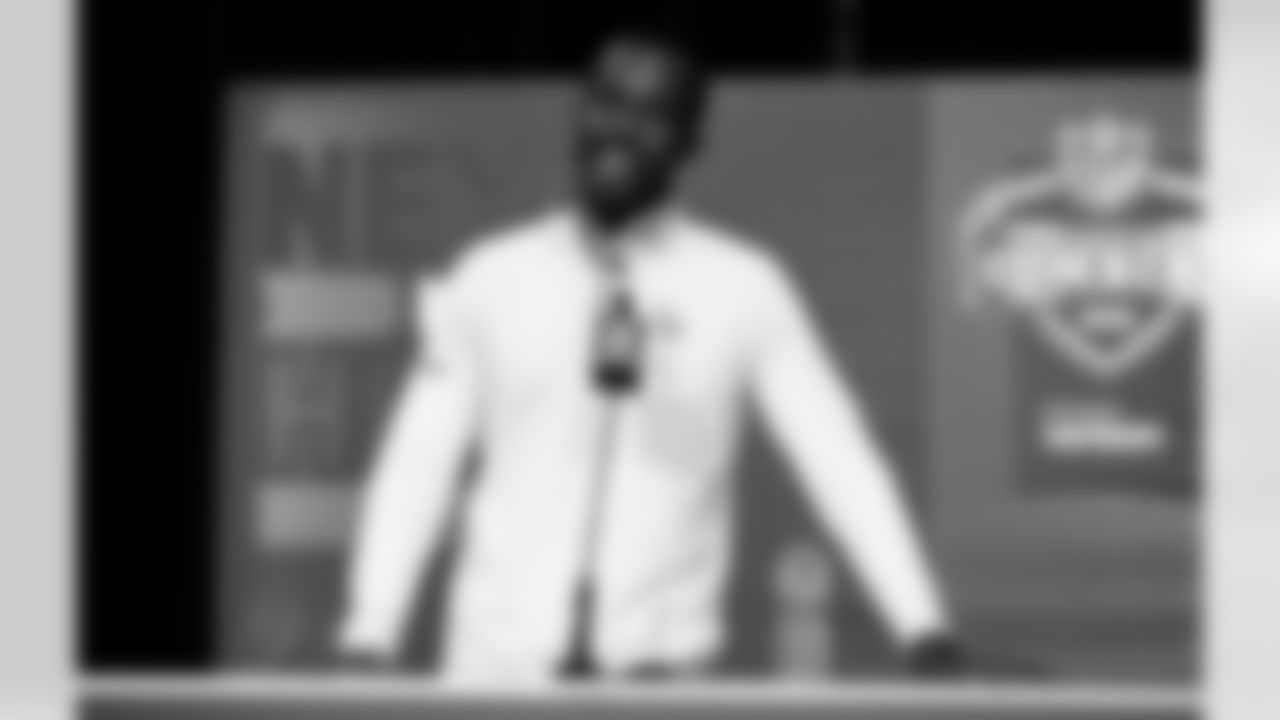


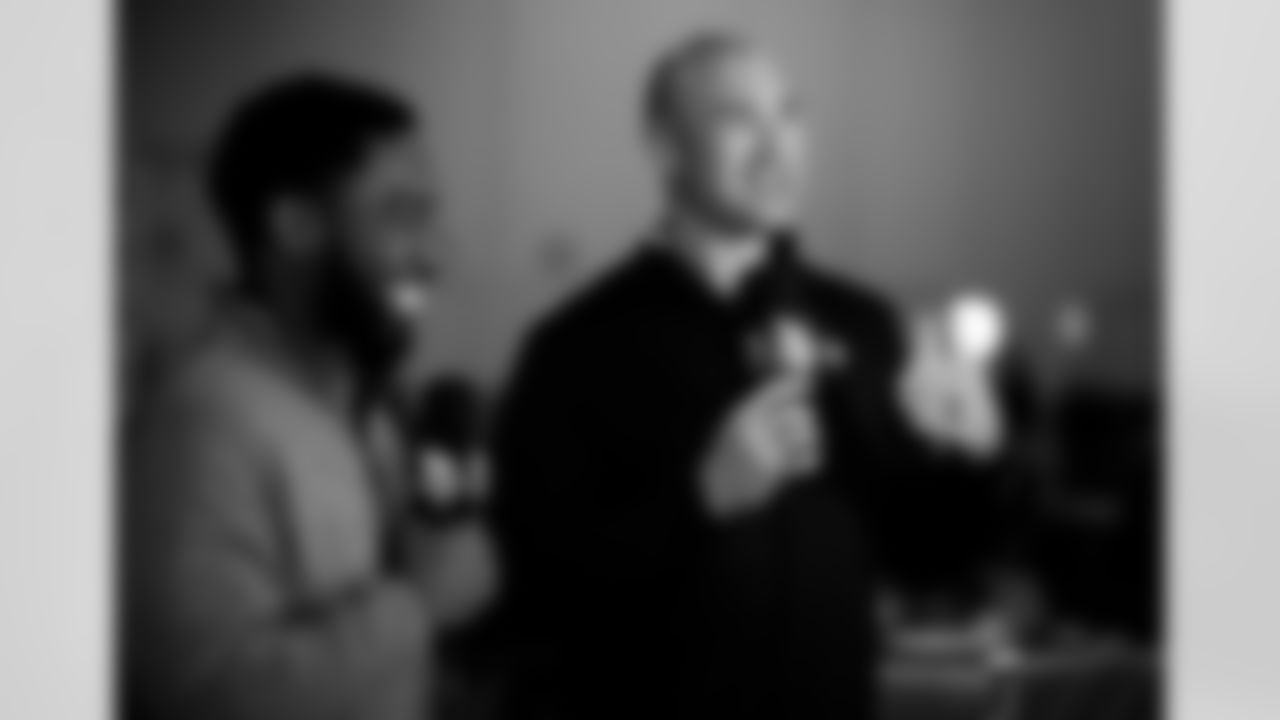

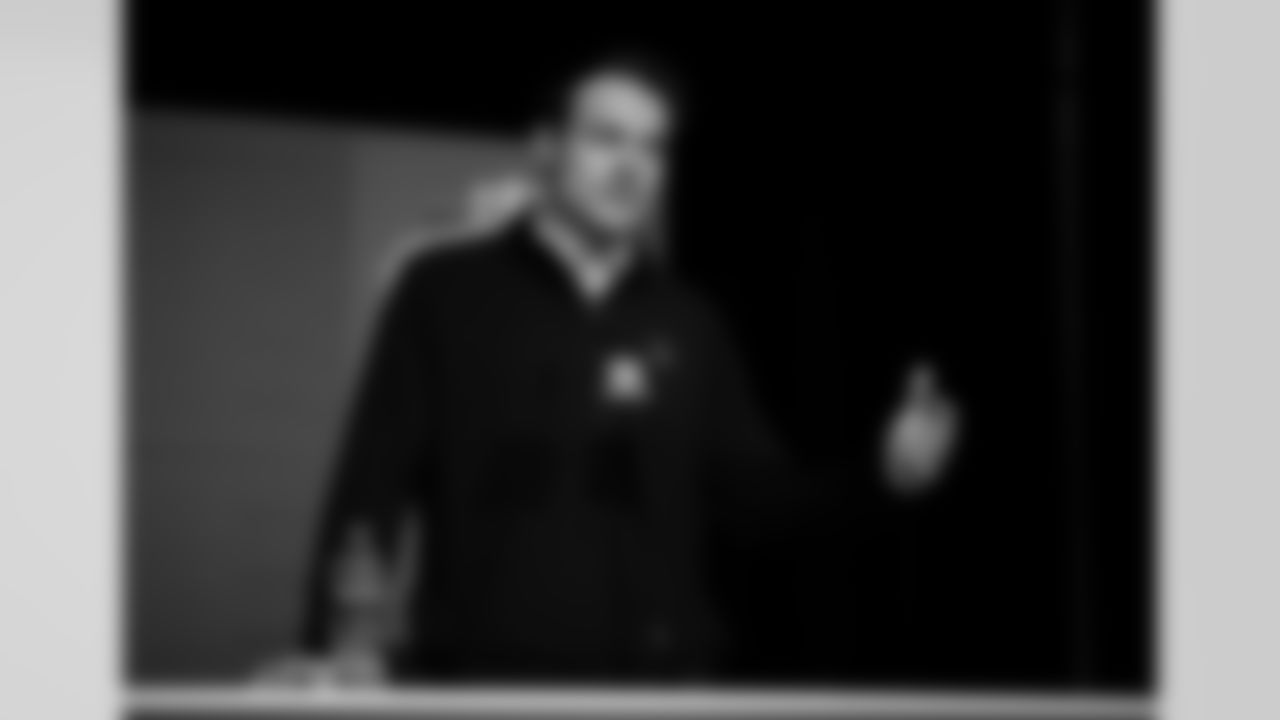
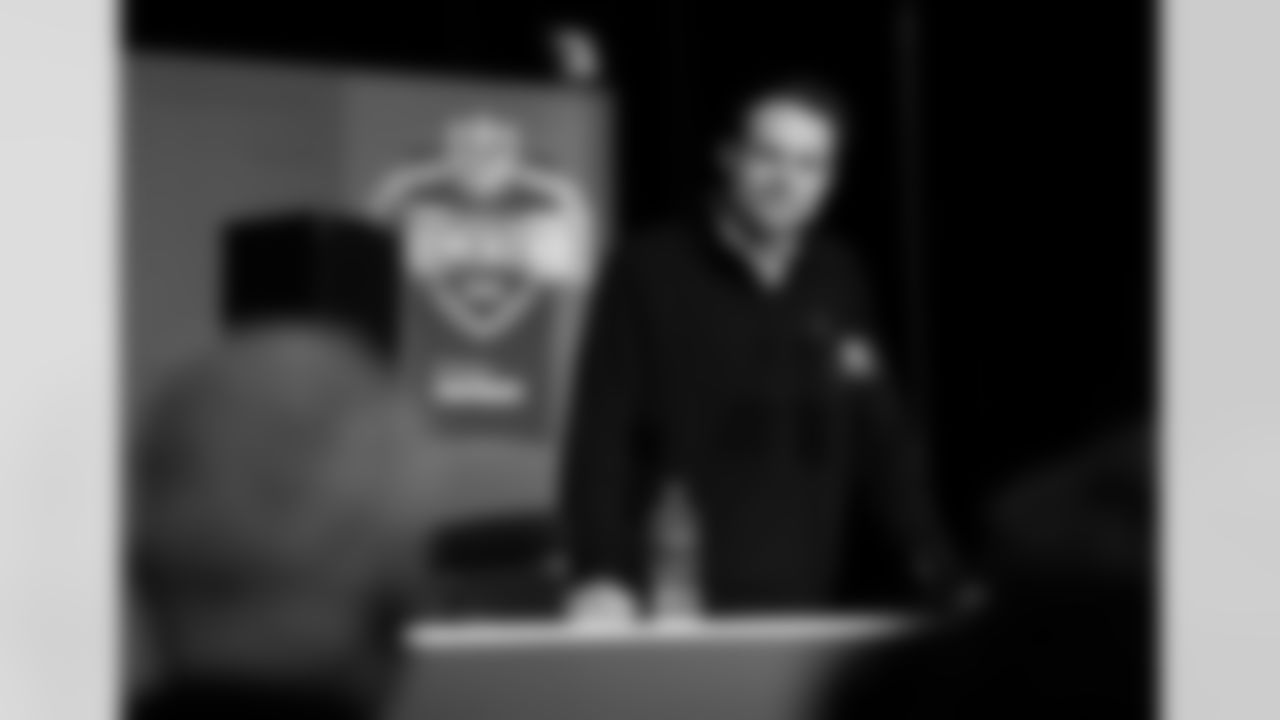









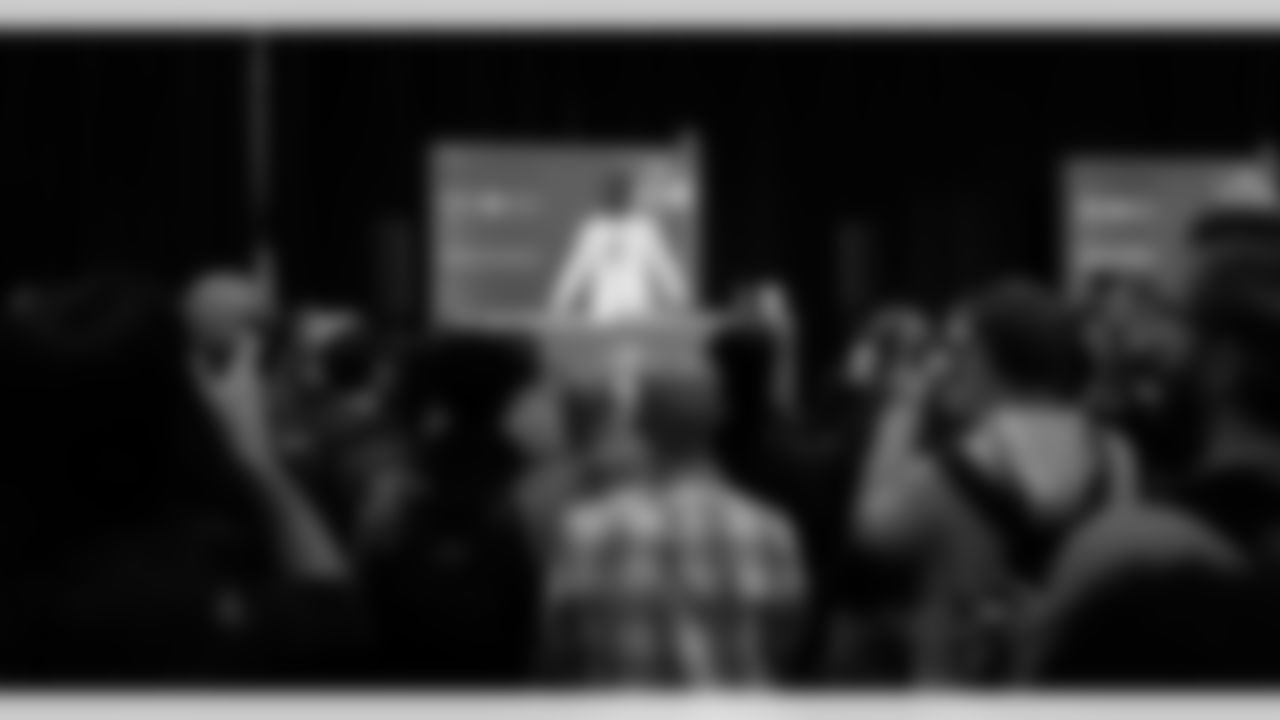
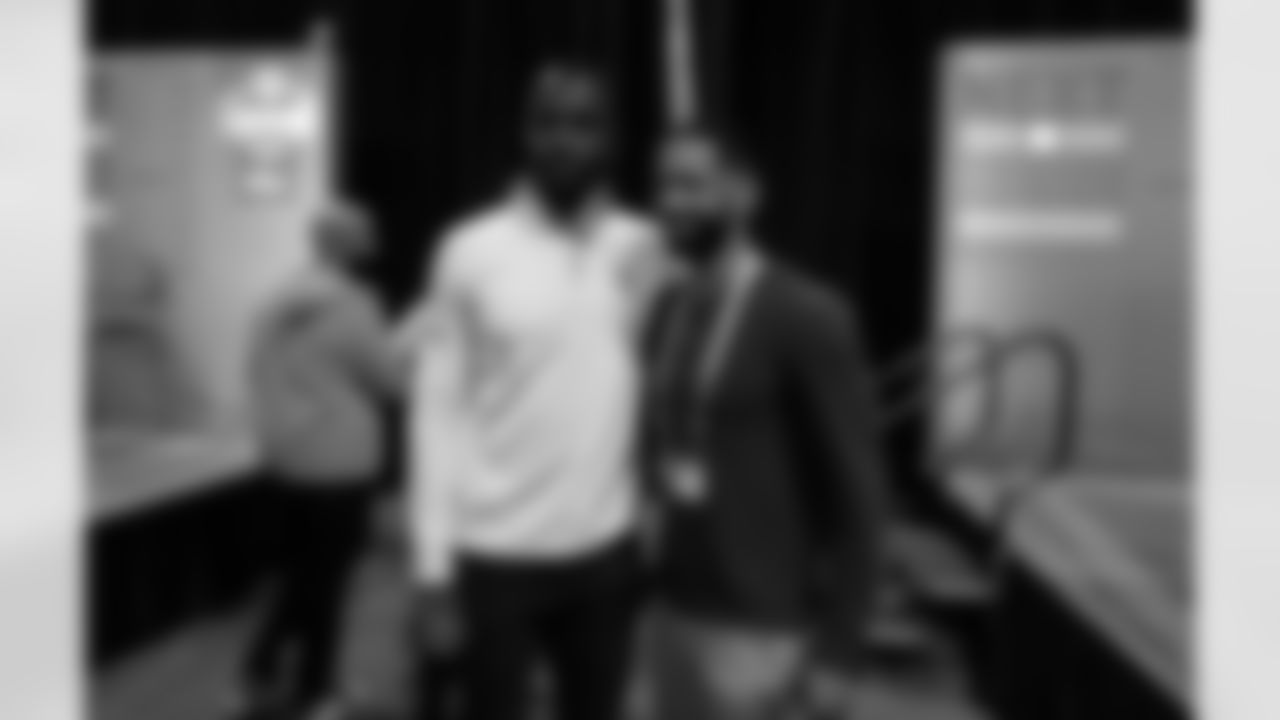
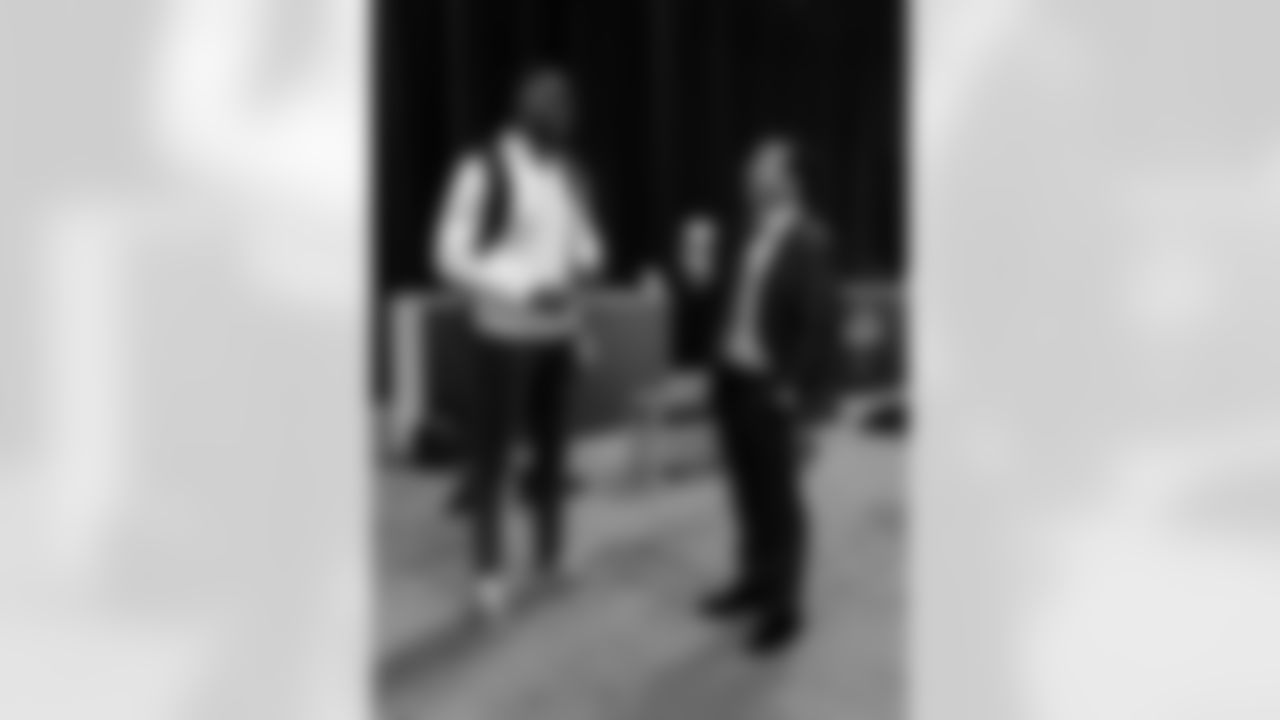




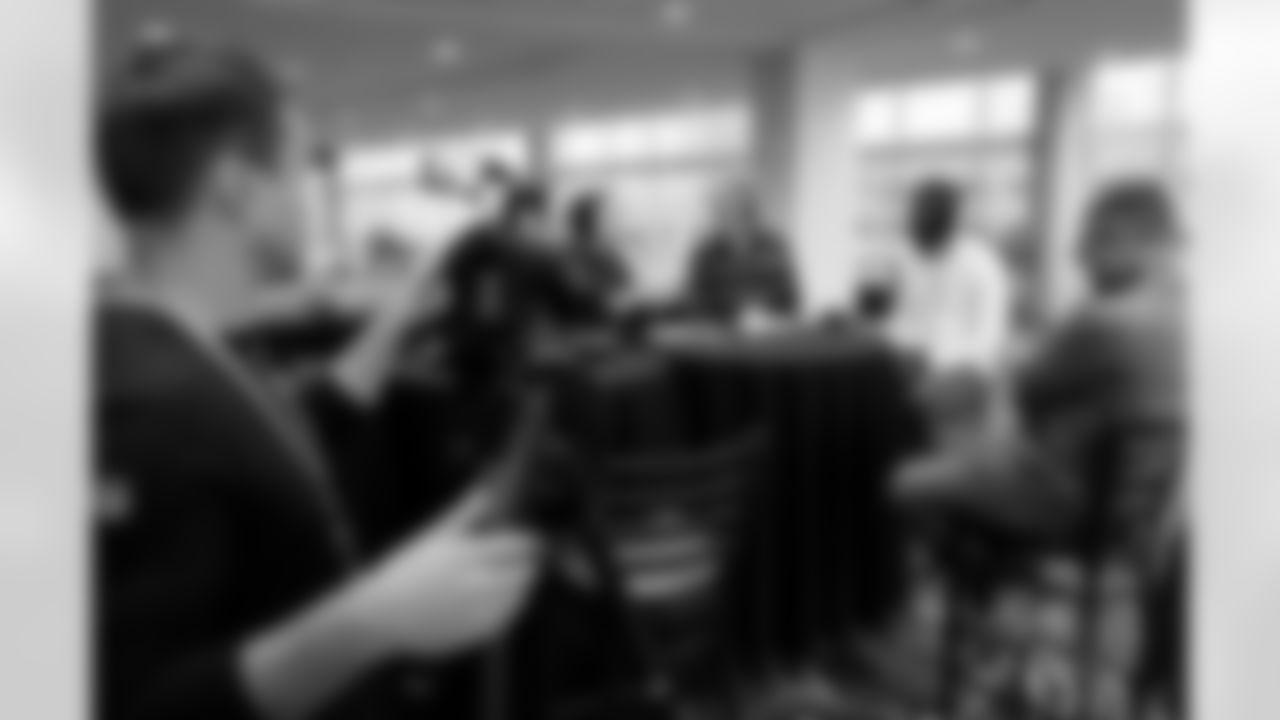
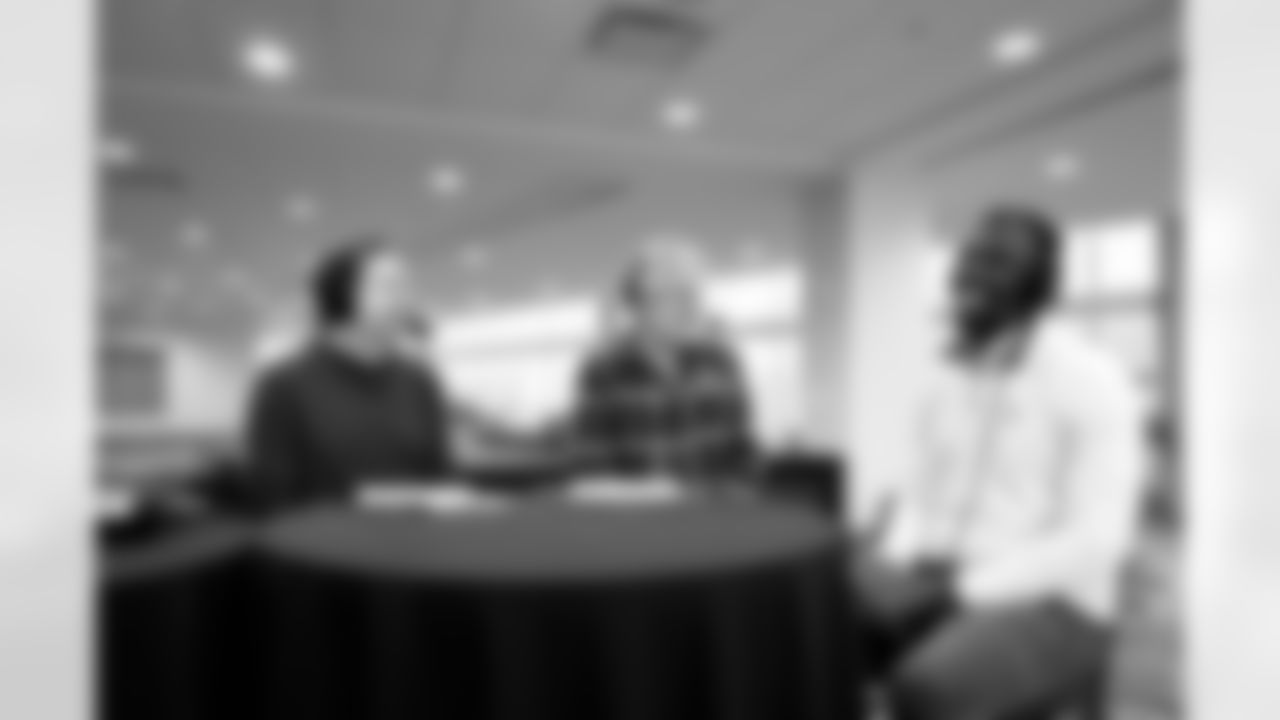

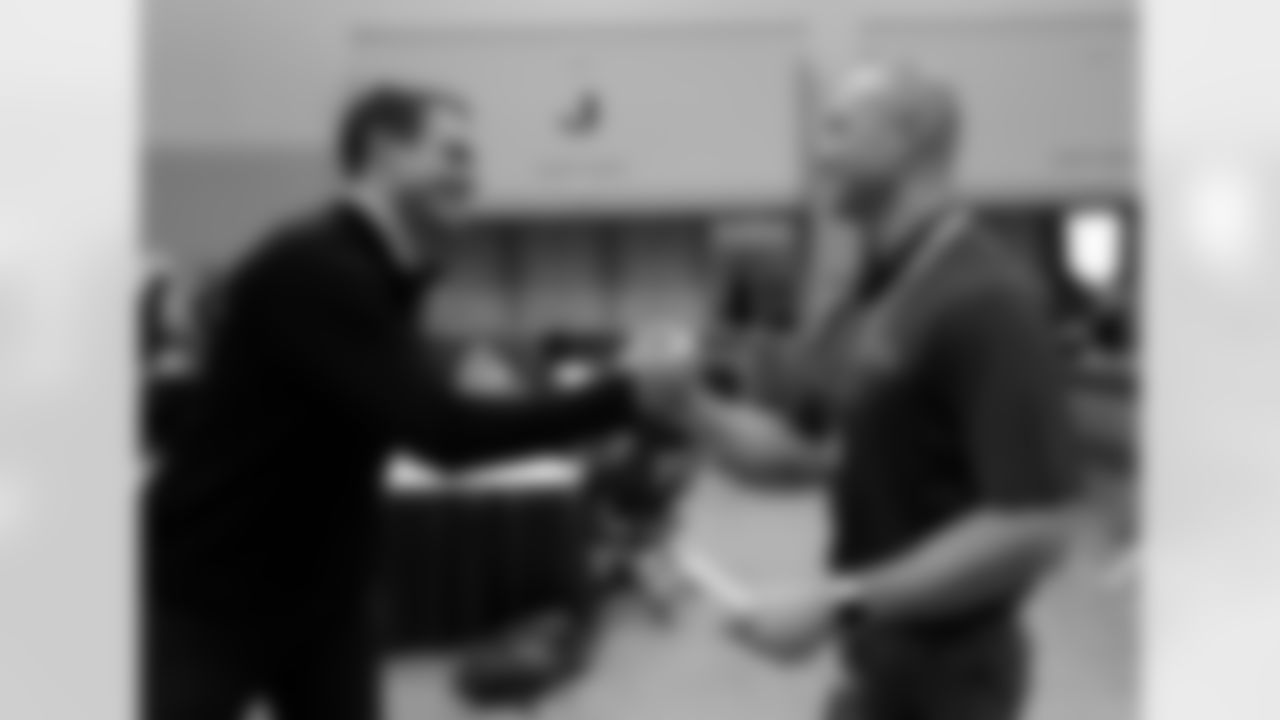
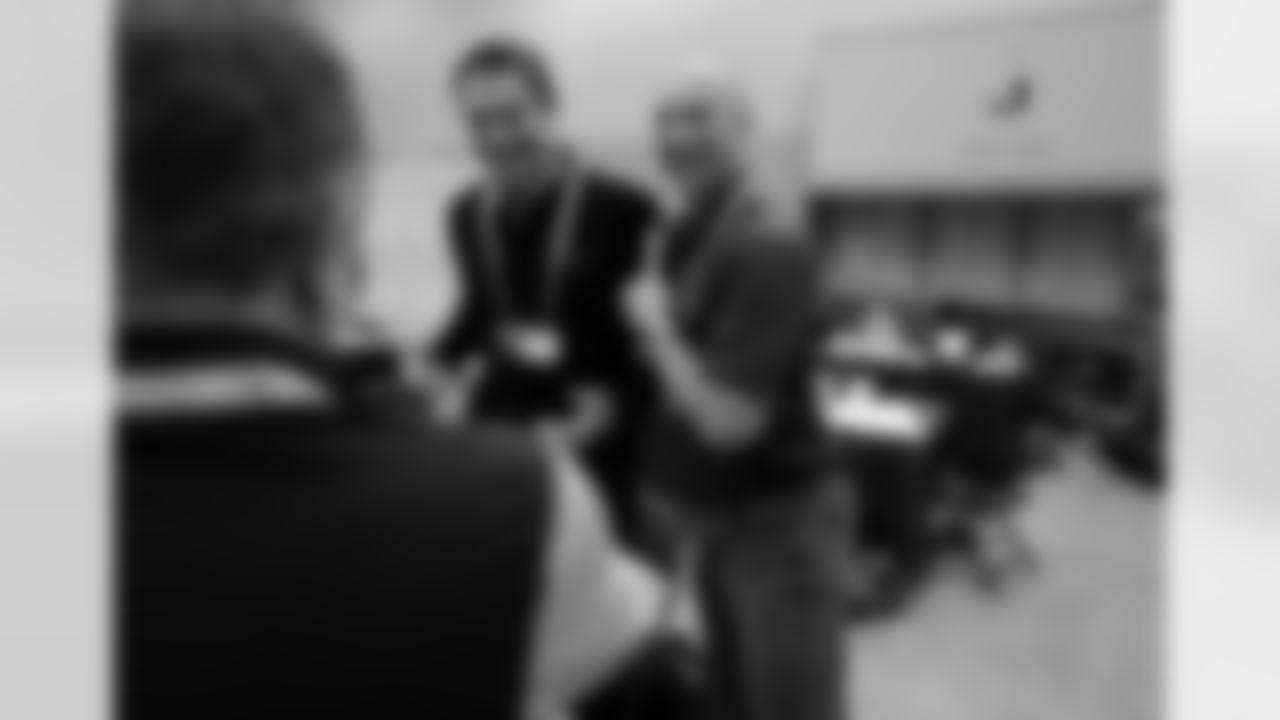
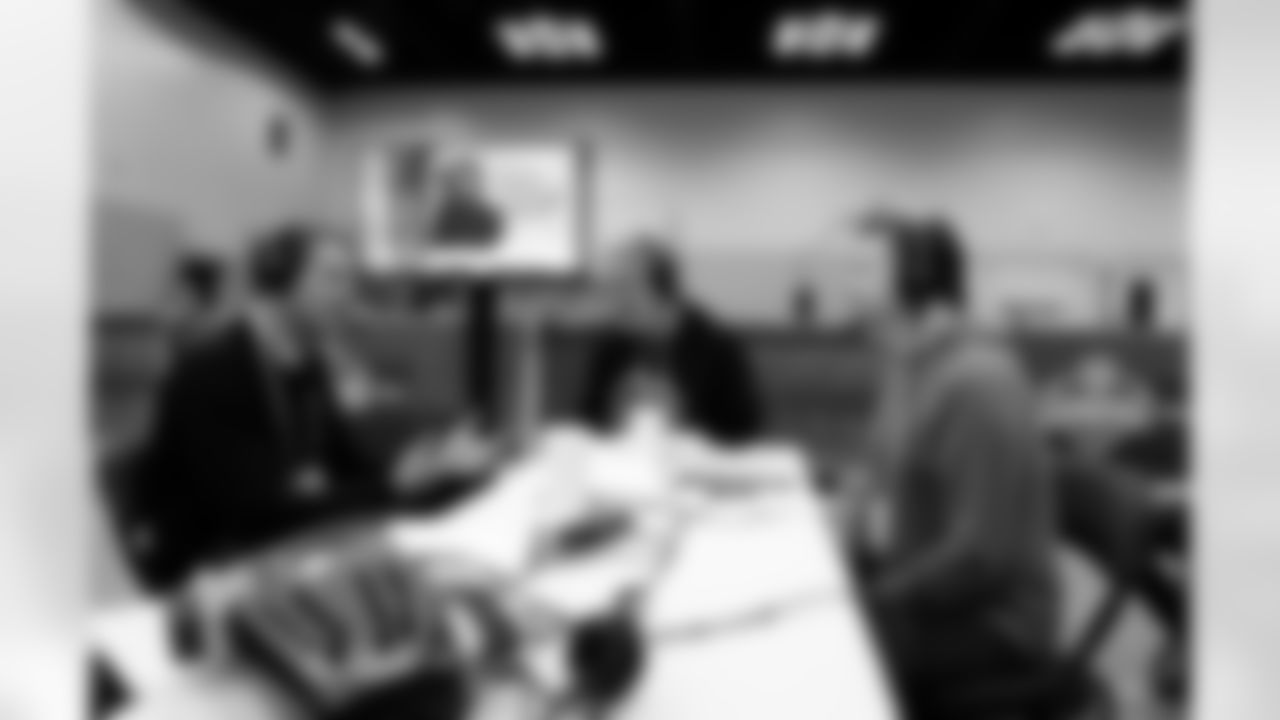
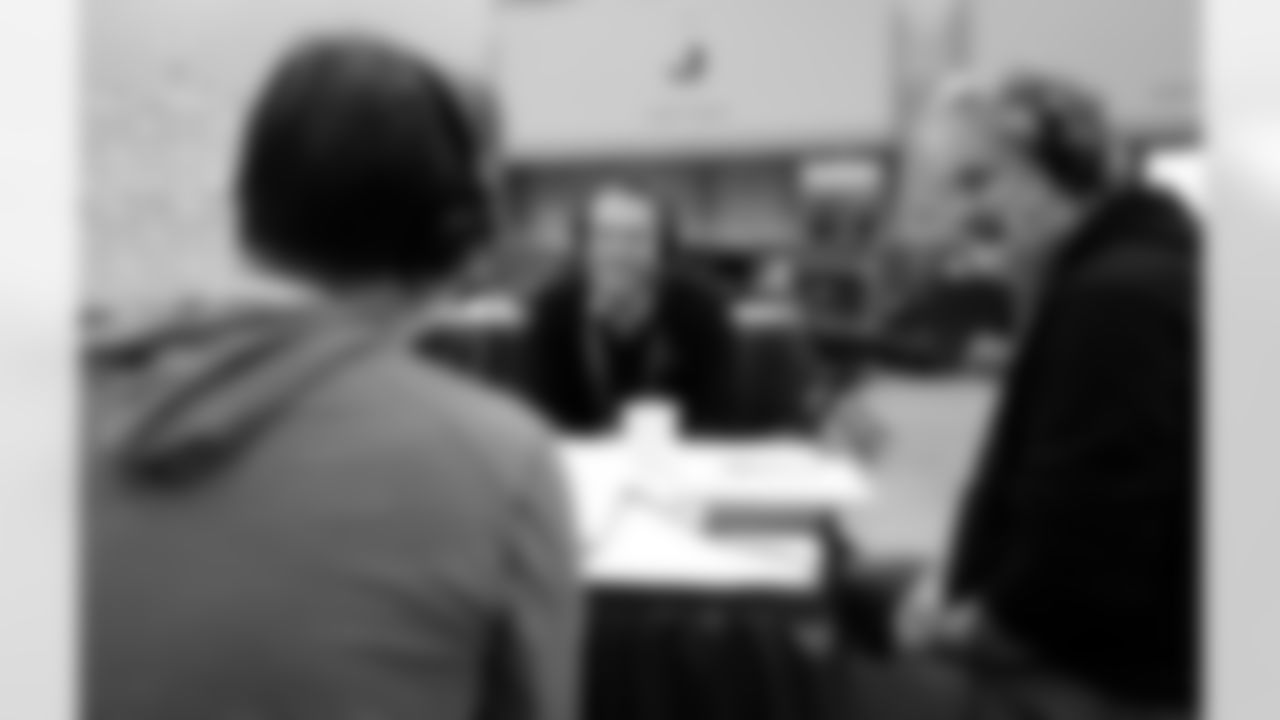









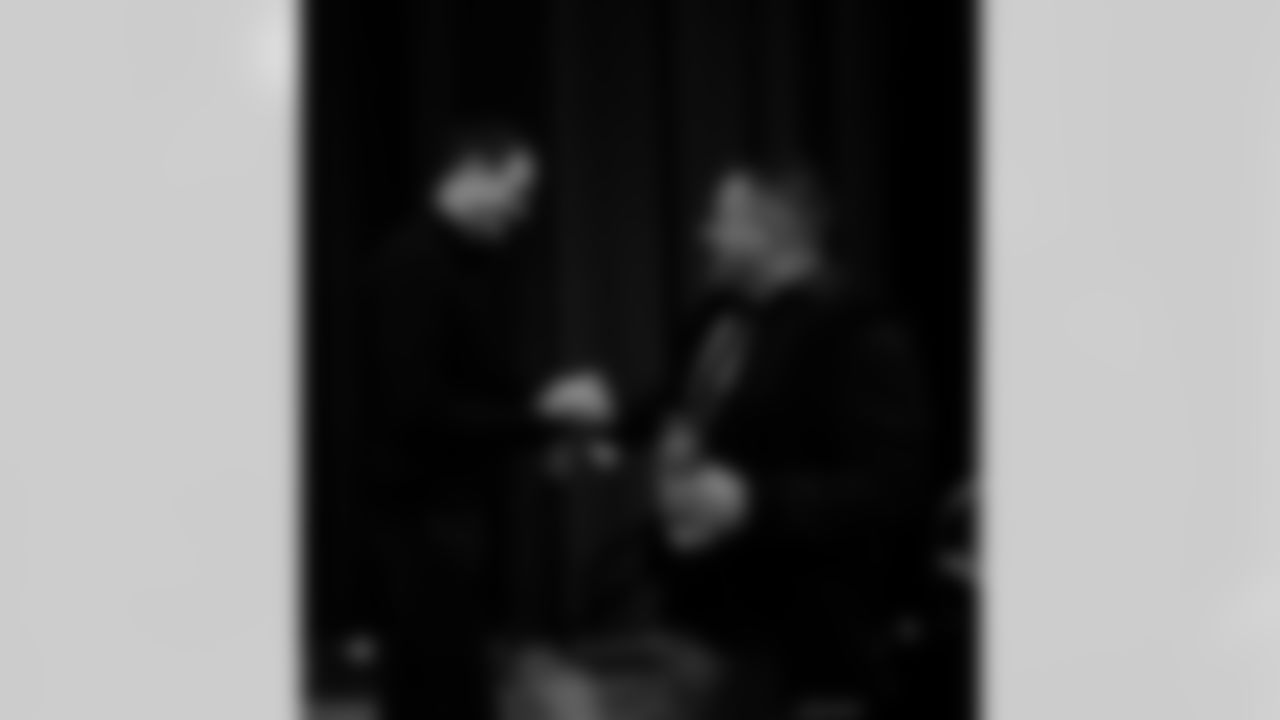




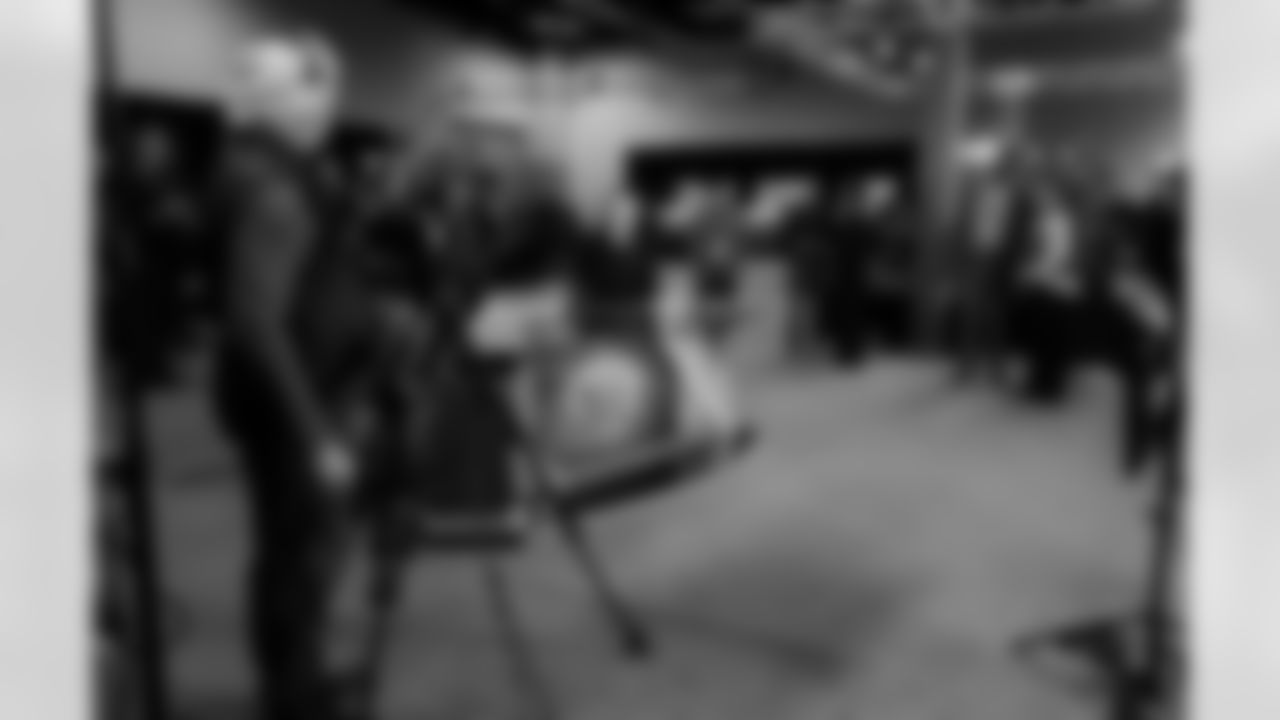

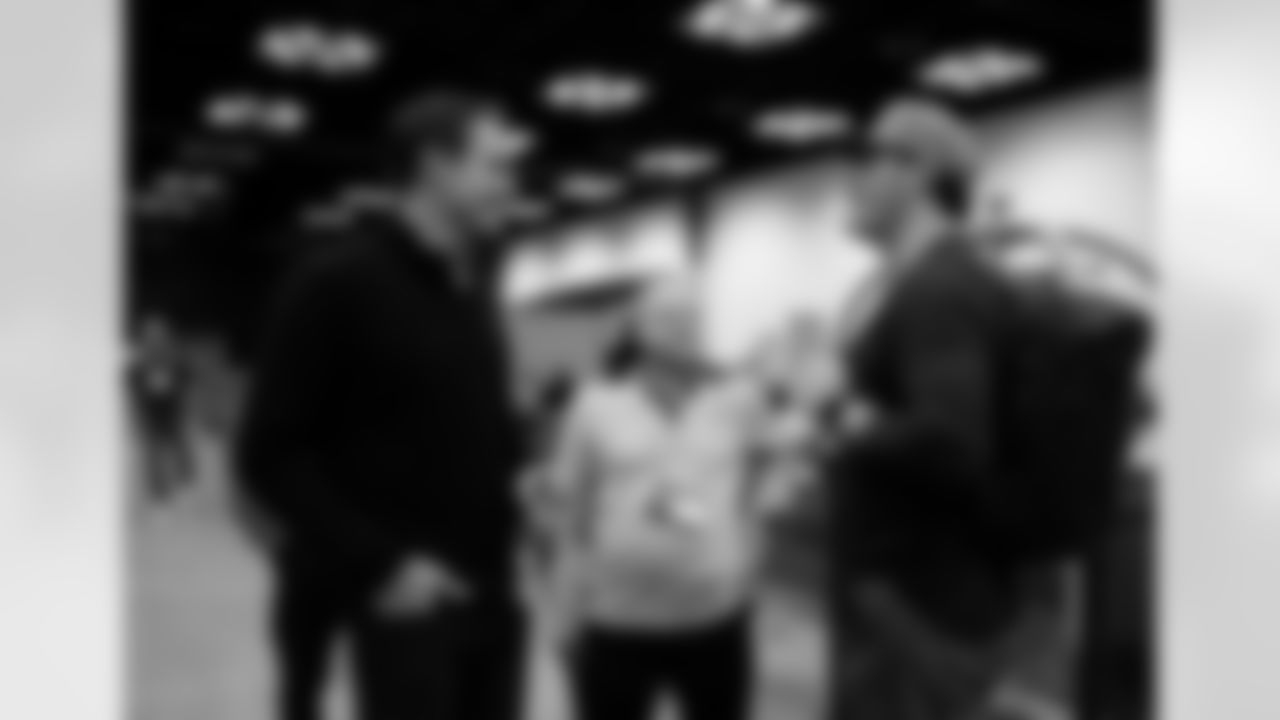








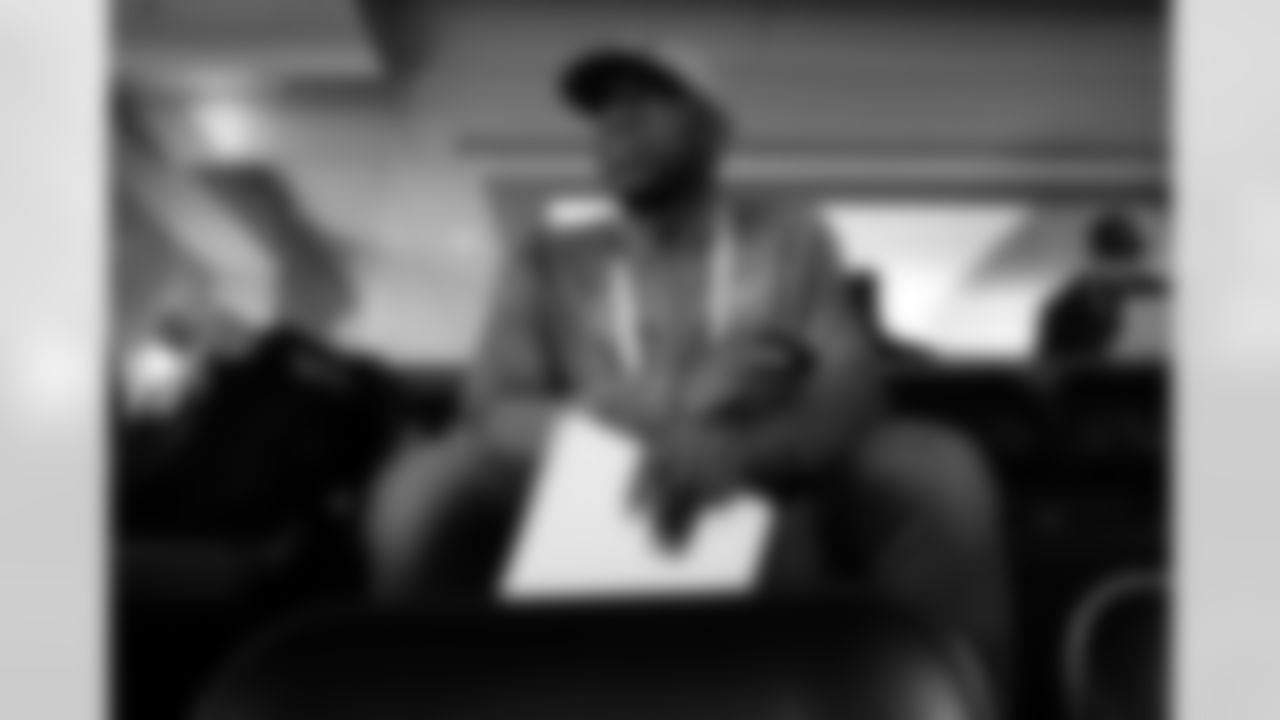

That's great by this group, some of which have been working together for two-plus decades, like Stephenson and Monnens. Sholiton and Roberts have worked together for nearly a decade, and all welcomed Opara, who had been with the Browns from 2005-17 before joining the Vikings.
This is the second year that Stephenson and Monnens have been co-directors, a joint promotion after former Assistant General Manager George Paton was hired as Denver's GM. It has provided more intersections between the generally parallel tracks Stephenson (previously Minnesota's director of college scouting) and Monnens (previously Minnesota's director of pro scouting) have traveled.
"Ryan's forte has really been on the pro side, where he's spent most of his career, and I've been on the college side for most of my career, so naturally, that's kind of where we fall, but we're also both trying to learn the other side, as well," Stephenson said. "We're helping each other out every step of the way. I think we have a great relationship. We started around the same time in this business, around the same age, so it's just been a good relationship where we've been able to bounce ideas off each other, things he likes, things I like, and I think we'll come to a consensus and it will be a good fit."
Monnens said it's been enjoyable and beneficial to spend more time out of the respective "silos" and further collaborate.
"I think it's really given both of us a better understanding of the entire football operation," Monnens said. "We're involved in every meeting, salary cap discussions, day-to-day roster management, and we both collectively can make some of these decisions together as it pertains to free agency and the draft."

The collaboration cascades and helps the entire group process a multitude of information — seemingly more and from new sources every year, whether from advanced stats, player-tracker information or a social media post.
"We all work together, and we all bring different things, strengths and weaknesses and trying to know who is a strong grader, who is strong at getting character [background information], who is good at working the buildings on the college campuses," Roberts said. "Everyone has a good role."
Despite living across the country and embarking on so many travels throughout the year, the scouts have grown so close they've enjoyed household get-togethers, and many of their children are in a fantasy football league together.
Roberts: "That's what makes it awesome, is there hasn't been a whole lot of change, and sometimes change is good, but I should say guys haven't left. We like each other. We work well together. We're all different, and that's been really good. We're not robots. I can be the old grumpy guy and some of the younger guys can bring the energy. I think that's why we all get along and work so well together, because we are all different and come from different places and different backgrounds.
They also have welcomed newcomers over the years. Roberts and Opara developed with other teams before joining the Vikings, and younger members of the personnel department who are launching their careers have been welcomed recently.
Opara: "I think the underlying factor is they're good people who work hard, and part of having continuity comes with the camaraderie that it builds, but then also knowing the strengths and weaknesses of each other as people, as evaluators, so a lot of times when you have people who have been around each other for a while, there's less stuff that falls through the cracks because everybody kind of has each other's back and understands how to play off each other, so I think we've done a good job with that."
Interviews and inputting information
The Senior Bowl provides multiple benefits, from bringing together what Stephenson described as "cream of the crop" prospects from big programs and smaller schools in one spot for three days of practices.

Reps can feature head-to-heads between players in helmets with college logos recognized in most households, or they can provide measuring stick moments for players with less-famous logos to show an equal footing.
Evaluators' eyes stay with the players through the whistles to pick up other details.
"You can see a guy's body language, how he reacts after certain plays, how he reacts with teammates," Monnens said. "That's a really big part of our evaluation process."
Despite the extensive work compiled on players during college visits, prolonged direct interactions with players don't occur on campus. Therein lies the important aspect of the 15-minute formal interviews at the Senior Bowl (and then the NFL Scouting Combine).
"We gather information about them and learn they are great kids, hard workers, leaders, et cetera, but a lot of times, when you hear that about somebody, it's different than when you can meet them and make their case for them," Sholiton explained. " 'I've met him. He's our kind of guy. He would bring this type of energy to our room.' So [the interview can] help build their case — obviously it works the other way, too, how to build a case against them if that's what you're looking to do, but you can learn a lot more about somebody from that face-to-face interaction."

Stephenson: "This is really the first time we get a chance to get in front of these guys. When you go to a school call in the fall, you're not able to really sit down with a player. You're going to be able to talk to coaches and trainers and strength coaches, but this is the first 1-on-1 we have with those guys, and it's invaluable from a standpoint of learning who they are. We know who they are by what someone else told us, but this is our own, you know, you're in front of the guy, and you get to form an opinion based off what you see. 'Is he fidgety? Is he nervous? Is he confident? Does he come across as a leader? Does he come across as vocal? Is he smart?' "
Monnens: "It's one of the most critical factors in identifying who a player is, how they operate, what's important to them, how much they value football."
Roberts: "It's almost like speed dating, so it's like 15 minutes, on to the next prospect. It's almost like a prescreening for the guys we need to talk to at the combine or Zoom or however the NFL is going to allow us to do it. It's more like, 'Hey, we need to dig more on this guy, see if he's a culture fit,' or 'We need to make sure this guy loves football.' "
Opara: "You've pieced together their backgrounds from a bunch of different sources, but this is the first time that you get to hear their side of the story, meet them and make your own judgements of who they are as young men, ask some tough questions and get a feel for who they will be if you made them a Minnesota Viking and what kind of person you're bringing in your locker room. To me, that's an invaluable part of the process."
The interviews are part of an ever-expanding flow of information about prospects.
What's the best way to sift through info that increases every year?
It was early in the working relationship, but the group expressed excitement to see how Adofo-Mensah's background in football research and development will help correctly prioritize the right pieces of information.

Sholiton: "Kwesi talked about winning on the margins, and that's a way we can win on the margins. That's a competitive advantage. We're all watching the same tape, the statistics that come out, we all have access to the same measurements and what they run in Indy. We're all watching the same workouts, so 'How can we be different? Well, how do we extrapolate that data? How do we quantify that? How do we make it make sense and maybe pull something different than how the other teams are using it?' They've been tracking the GPS data on the field and at practices. 'How do you make that useful? How do you learn, OK, so he's really fast, but what does that really mean? They work really hard. Do they need to work less hard? Do they need to work smarter?' So it's one thing to collect the data. It's another thing to know how to use it, so there are smarter people than me that make those decisions, but recognizing we can be better at evaluating by using that is — I think in our department, we're all old enough to know that we don't have all of the answers, so 'Let's work with people that maybe have some answers that can help us.' "
Roberts: "I think the biggest challenge is figuring out how to weigh each piece of information, whether it's a 40 time or whether it's the all-star games or the interview. … I think it evolves, which is good. I think one of the biggest things I've learned is not all quarterbacks that are graded the same are the same, if that makes sense, because one, I might want in my locker room. The other one I may not. He may not fit our culture, so I feel like finding out how to take all of that new information and old information and find out where that fits in the decision-making process."
Opara: "There's a part of me that's like, 'We're an information business,' so part of it is acquiring as much information as you can from a bunch of different inputs, but the art of it is knowing how and how much to use those different pieces of information. The information we get from the Senior Bowl, the combine, the tape study, these are all inputs to help get to a final decision, and the art, I think people like Kwesi and [Ravens executive] Ozzie Newsome … their biggest charge is taking all of that information and figuring out how much to use it in different situations to get to the best decision. To me, as a scout, it's not about being intimidated by new data because it's all pieces or inputs that can help lead you to a better decision. Sometimes there's a fog of confusion that happens when you just have too much information and start second guessing what you've seen, but that's why the art is really about knowing how much and when to use the different parts of information to get to the best decision. I think that's kind of the way it's set up now. That's kind of who Kwesi is going to be for us."
Disagree without being disagreeable
Just because there's a strong history of collaboration and relationships that extends beyond the confines of Twin Cities Orthopedics doesn't mean there won't be disagreements during discussions.
Sholiton, while wearing a 55 baseball cap created when Vikings Ring of Honor member Scott Studwell retired after the 2019 NFL Draft, explained how the legend on the field and in the personnel department ushered in the concept of disagreeing without being disagreeable.
"We manage to keep the vitriol out of our little bubble, which is kind of unique because we are different. We do range in backgrounds, in age, in being from different walks of life, [but we have] a common goal," Sholiton explained. "Because there's been strong leadership in place and because we have respect for each other, there's really no need to go down into a dark place. We can disagree without being disagreeable. That was a Studwell-ism. Since I got into this, that's been emphasized, so in our room, we're going to listen to each other, respectfully disagree and try to do what's right for the Vikings."
Sholiton said he learned valuable lessons by observing the approaches that Studwell and Stephenson took to the role he now holds, picking up on "how they listen and calibrate everyone coming from a different perspective and different point of view and embracing the differences and kind of aligning what everyone is saying into what the Vikings are saying."
He also recalled when Studwell interviewed him for his initial job with the Vikings in 2004. Sholiton connected the dots between chemistry and continuity of the staff.
"Stud' didn't have me grade anybody. He didn't talk to me about, 'What's a first-round tackle look like?' We talked about fit and chemistry, so when you have good chemistry, you're not looking for jobs, you're not promoting yourself. You're not doing all of the different things that lead to movement. The owners value stability. … Our situations are good. We like working together. … Chemistry is more important. 'We can teach you how to evaluate. We can teach you what the player looks like, but we can't teach you to be a good person or an agreeable person.' "
Monnens: "It starts with everybody having a true respect for each other's opinions and being able to listen to each other as we go through the process and giving each scout time to say their piece about why they like a player or why they don't like a player. That's really where it starts, a mutual respect between the scouts, and you build off that. It's trust over time."
Opara: "To me, it goes back to understanding that all pieces of information, all voices, all inputs are not something that people should be threatened by. They're just something you should use to make sure you're making the best decisions. I've never thought of myself — when I have a problem, I like to call a bunch of people, 'OK, let's use collective wisdom to get to the best answer.' Even if you don't end up changing your answer, just having it challenged by somebody who has a different opinion or some numbers that indicate something different, sometimes that actually makes you feel better about your decision because you have tested it against some different theories, or sometimes it forces you to change the way you think."
Stephenson: "It's a testament to what we've kind of built over the years and the Wilfs being loyal to the group that we have. Our group has been together for a very long time. We're very close. We've spent a lot of time with each other, even outside of football. We spend time with each other's families, so that helps, and just knowing where that scout is coming from when he talks about a player. I've been with these guys for so long I kind of know exactly where they're going when they grade a player, when they talk about a player, I know what they think about a player, so I think it's great that we also have a group of younger scouts who have learned from the veterans. I think it's a really good mix of styles of people and it just works for us."
New coaches and a combine-d effort
O'Connell's hire was announced three days after he helped the Rams win Super Bowl LVI. He attended the victory parade and boarded a private plane provided by the Wilf family on Wednesday, Feb. 16. The introductions began as O'Connell was building his staff.
The personnel department received another opportunity to learn on the fly. Back in 2014, many members of the group had met with former Head Coach Mike Zimmer to discuss what he was hoping the personnel department would find.
Stephenson: "Zim' had standards, as far as height, weight and speed that we definitely considered when we drafted, but our system under [former General Manager] Rick [Spielman] was always, 'Grade the player for the league and where you see this player. What kind of player do you see? Is he going to be a solid starter? Is he going to be a marginal starter? Is he a Pro Bowl player? A backup?' "
Monnens: "It just takes time to get to know the coaches, to get to know what kind of scheme they want to run, what kind of traits are most important, physically and the intangible part, too. That will be the most crucial piece because as scouts we need to be lockstep with the coaching staff. We need to know exactly what kind of player they want physically and from an intangibles standpoint, and then it's up to us to address those needs in free agency and the draft."
O'Connell rounded out his staff by the start of the combine, and the coaching and personnel departments worked together Indianapolis.
Vikings Entertainment Network caught up with Sholiton there when every NFL team was evaluating more than 330 draft-eligible prospects.
Sholiton noted that Minnesota's pre-draft meetings, which began the day after Super Bowl LVI, were before the Vikings coaching staff had arrived.
"The second week, when they started coming into the building, as we discussed each position, the coaches came in and kind of gave us a rundown of what their position group looks like," Sholiton said. "Not only was it an introduction to the actual position traits they're looking for, but it was an introduction to the personalities that are going to be coaching [the players] and what type of energy they would bring, what type of passion and what the voice sounded like.
"You could actually, as you're reading the player, identify whether or not that player would fit and how they could help that room, so not only having the parameters but the personality to go with it," Sholiton said. "I think that was a huge piece that was missing when we talked in Mobile, and now it's starting to come together."
Some players now opt out of participating in timing and testing drills, preferring to do them at pro days hosted by their respective colleges. Not participating doesn't lead to an exclusion for consideration, but all teams are looking for players who love to compete. Potentially overperforming or underperforming is also evaluated through a lens.
"Having a great day out here is just like having a great day on the driving range," Sholiton said. "It doesn't really mean that you're going to be a great player. It's an opportunity to put the best foot forward, and the prospects can walk away feeling good about themselves, but if they slice it and put it off the net, it doesn't mean they're not going to be a great football player. It's just one measure and at least they went out there and swung their shot."
Teams were allowed to conduct up to 45 formal interviews at the combine, requiring teams to be intentional with their decisions on whom to request and what to draw from each of those 15-minute sessions.
Beyond learning more about the prospects, the scouts also used the opportunity to learn more about the new Vikings coaches and observe the "unique chemistry" between Adofo-Mensah and O'Connell.
"It's been really neat to watch that unfold. I think it's contagious and mirroring down throughout the staffs," Sholiton said. "Our scouts are interacting with coaches really well, kind of feeding off each other. We're tag-teaming questions, where we're bringing something up and they're following through. It really is nice to get into a cadence and a rhythm. We're beginning to understand what we want that Viking player to be and how we're going to get there."






